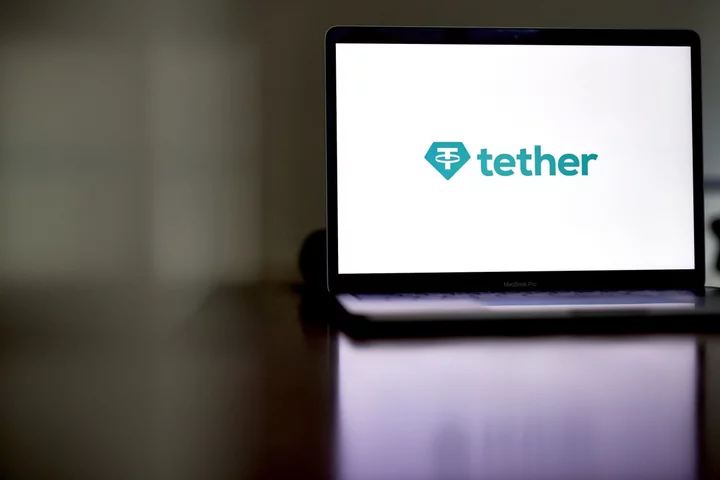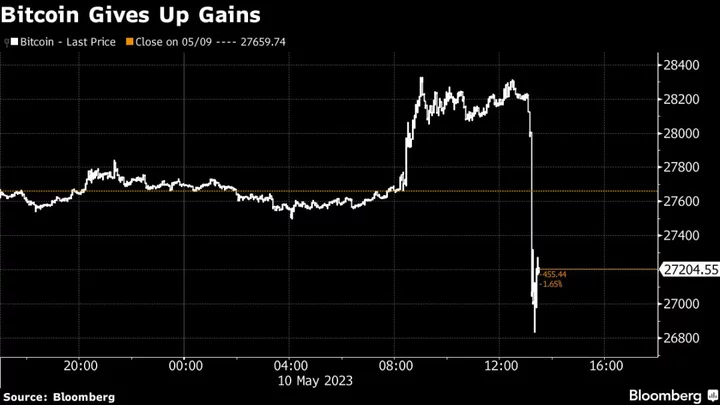Tether’s ability to increase its market capitalization while crypto trading volume remaining lackluster is adding to the ambiguity that surrounds the dominant stablecoin.
That’s the view of researcher Kaiko, which pointed out Monday that this year’s jump in market cap has little correlation with overall volume, “which is questionable considering the primary use case for this stablecoin is trading.”
Tether didn’t immediately return a request for comment.
The stablecoin, which aims to maintain a one-for-one peg with the dollar for its USDT token, is valued at $82.9 billion, according to data tracker CoinMarketCap. The amount reached a peak of around $83 billion last May, when the unraveling of the Terra stablecoin prompted investors to dump cryptocurrencies across the board. Tether’s assets had dropped almost 20% in the second quarter of last year.
In the past, industry observers have raised questions over whether Tether was actually supported by enough reserves to justify the one-for-one peg claim and what made up the reserves. The company reached a settlement with New York in 2021 over the comingling of funds and lying about reserves to investors. Tether never admitted any wrongdoing.
USDT is used in more than 50% of all trades on centralized exchanges, according to Kaiko. Yet, Tether’s market share relative to other stablecoins hasn’t noticeably increased during the downturn in activity, the researcher said, adding that shifts in USDT’s use on decentralized exchanges — which let users trade without intermediaries — alone don’t explain the gain.
“Historically, changes in trade volume have been loosely correlated with changes in Tether’s market cap, with occasional surges during periods of notable market activity,” Kaiko said in a report. “Today, the correlation is at zero.”
Meanwhile, Tether rival USDC has “a clean correlation between trade volume and market cap,” Kaiko said.
USDC’s market cap dropped earlier this year, as it emerged that its issuer, Circle, held some reserves at Silicon Valley Bank. The deposits were returned in full within several days, thought it appears that investors have lingering concern about the firm’s exposure to the US banking system.
The biggest portion of USDT is issued on the Tron blockchain, which is not supported by some centralized exchanges. Offshore exchanges like Binance and OKX possess the largest USDT balances on Tron, which suggests market makers and large investors prefer the network for its low transaction fees, the report said.
--With assistance from Eva Szalay.









